Be it milk, white, dark or semi-sweet, it’s undeniable that chocolate embodies all that is good and happy. Can you imagine life without this dopamine-inducing, indulgently-rich goodness? We can’t, and neither could those in the sixteenth century, and even the Mayans and Aztecs from this decadent treat’s 4,000 year old history.
Here’s a look into the history of chocolate — from a spicy drink of the gods to the melt-in-your-mouth bar it is today.
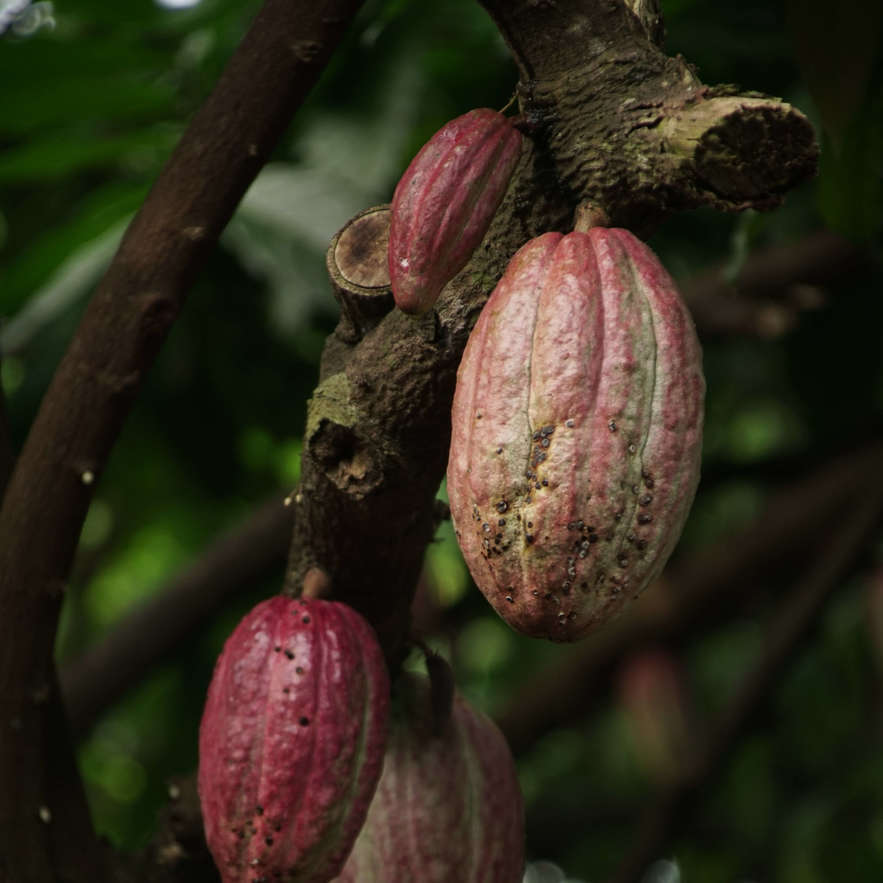
Cacao fruit containing cacao seeds
Cacao trees—the seeds of which make chocolate—are native to Mesoamerica, present-day Mexico. Ancient Olmec pots and vessels from around 1500 BCE have been discovered with traces of theobromine, a stimulant compound found in chocolate and tea! It is thought the Olmecs used cacao to create ceremonial drinks and as medicine.
While there is no written evidence about the beverage in Olmec culture, the Mayans did leave some surviving writings about cacao from the Postclassic period. In the Dresden Codex, it was specified that cacao is the food of the rain deity Kon. The Madrid Codex also mentions that gods shed their blood on the cacao pods as part of its production. Mayans saw the merchant deity Ek Chuaj as the god of chocolate, and once a year in the month of Muán, owners of cacao plantations would hold a ceremony in his honour.
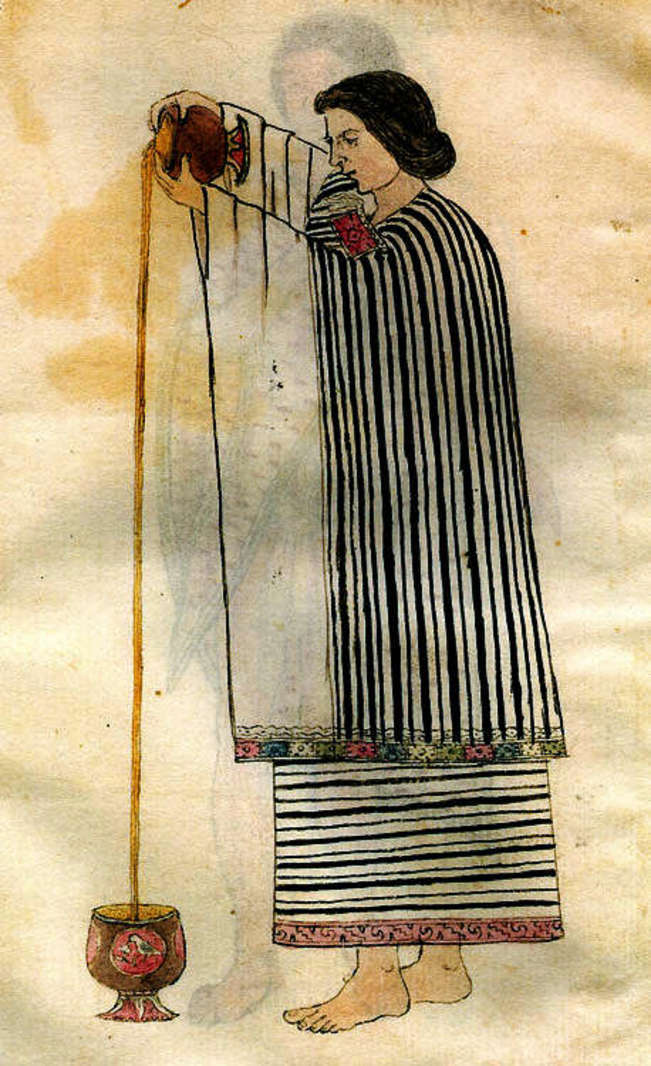
An Aztec woman generates foam by pouring chocolate from one vessel to another in the Codex Tudela
Mayan chocolate was prepared by mixing roasted cacao seed paste with water, chile peppers and cornmeal, transferring the mixture repeatedly between pots until the top was covered with a thick foam. Why does this sound a little similar to teh tarik? The resultant chocolate drink, xocolatl (meaning ‘bitter water’), was thick and frothy, and enjoyed with every meal.
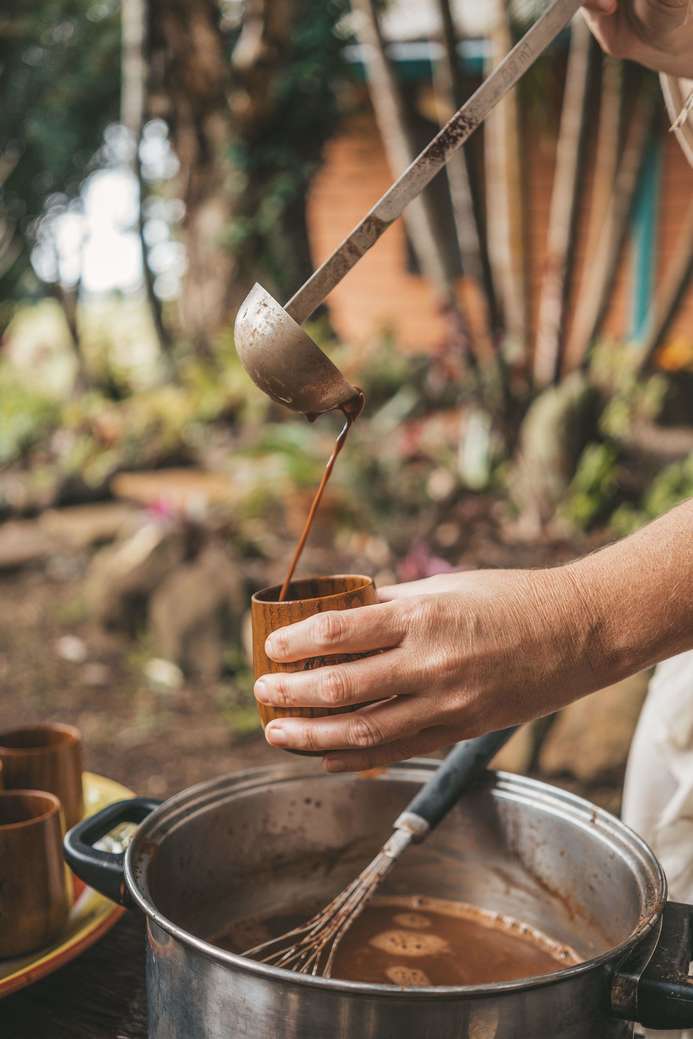
By 1400, the Aztec empire had conquered most of Mesoamerica and needless to say, they too were obsessed with chocolate. The Aztecs believed that cacao was given to them by their gods. Apart from enjoying the spiced beverage hot or cold, cacao beans were used as a form of currency. In Aztec culture, cacao beans were valued higher than gold! Can you imagine that a sip of your favourite chocolate would have cost you a month’s worth of pay? Chocolate was an upper-class extravagance but was also occasionally enjoyed by everyone else during weddings and celebrations.
Aztec ruler Montezuma II supposedly drank gallons of chocolate each day for energy and as an aphrodisiac!
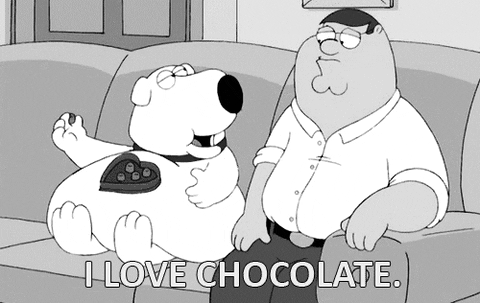
Source: GIPHY
Although there are multiple stories on how chocolate got to Spain, one thing’s for sure, the Spanish court loved the indulgent beverage. The Spanish added sugar or honey to balance chocolate’s natural bitterness, making the drink a crowd-favourite. In 1585, Spain began importing chocolate. Within a century, the craze spread throughout Europe. Europeans made their own varieties of hot chocolate with cane sugar, cinnamon and other common spices and flavourings.
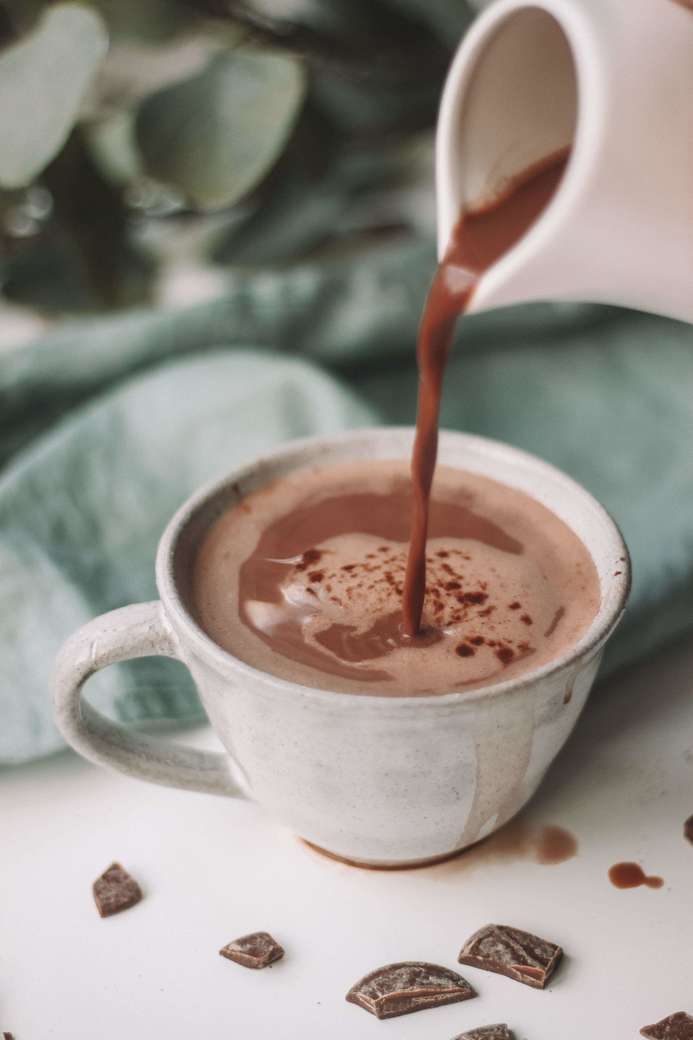
For America, chocolate arrived in Florida on a Spanish ship in 1641. The first American chocolate house is thought to have opened in Boston in 1682. During the Revolutionary War, chocolate was even given to the military as rations and sometimes replaced money as payment!
Chocolate remained consumed as a liquid; until the 19th century that is.
In 1828, Dutch chemist Coenraad Johannes van Houten revolutionized chocolate making. His chocolate press could separate cocoa butter from roasted cocoa beans—easily, and inexpensively—making cocoa powder for the masses. And in 1847, the first modern chocolate bar was created. British chocolatier J.S. Fry and Sons added melted cocoa butter back to the powder, forming a paste that could be moulded to make solid chocolates.
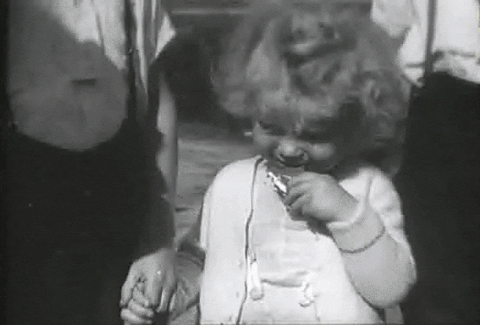
Source: GIPHY
By 1868, a little company called Cadbury was marketing boxes of chocolate candies in England. Shortly after, milk chocolate was invented when Daniel Peter added dried milk powder to chocolate. Together with his friend Henri Nestlé, they brought milk chocolate to the public with another familiar name, the Nestlé Company.
Still, chocolate was difficult to chew and far from the texture we are used to today. It was in 1879, when another Swiss chocolatier, Rudolf Lindt, invented the conch machine which mixed and aerated chocolate to give it a smooth, melt-in-your-mouth consistency that blended well with other ingredients. That’s the velvety mouthfeel we love.
By the early 20th century, demand for chocolate grew further. In response, family chocolate companies such as Cadbury, Mars, Nestlé and Hershey started mass-producing a wide variety of chocolate confections (some of which you may have in your fridge right now!).
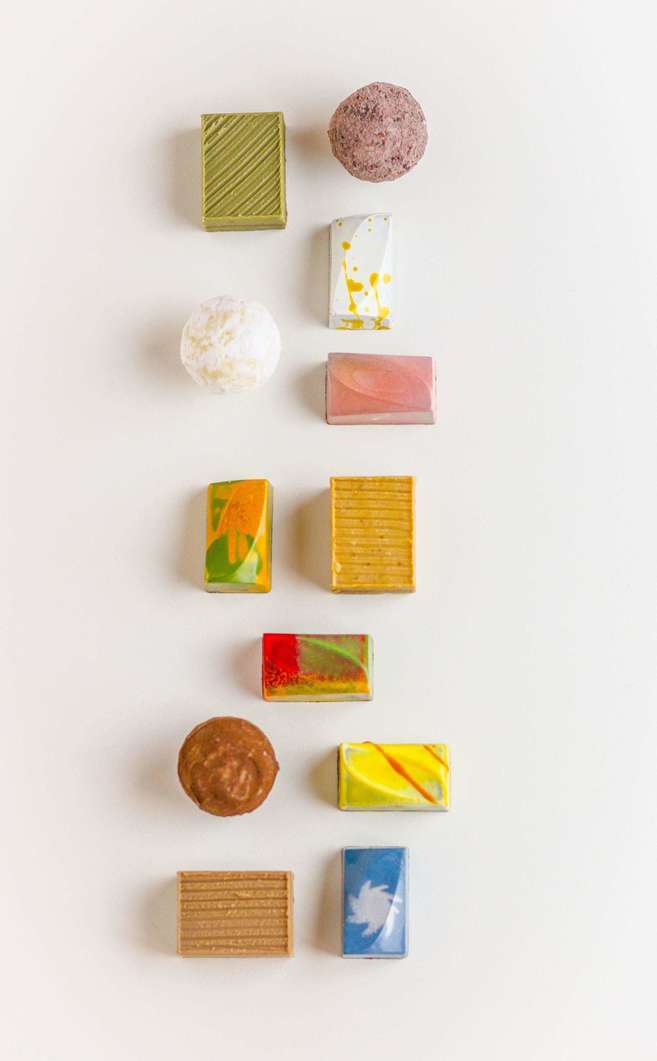
Chocolate bonbons
Truffles, bonbons, bean-to-bar — chocolate comes in a myriad of shapes and sizes today. Chocolate crafting is an art of its own and chocolatiers are changing the way we appreciate chocolate, one mouth-watering work of art at a time.
Who knew that a spiced beverage of the past would come so far?
• • •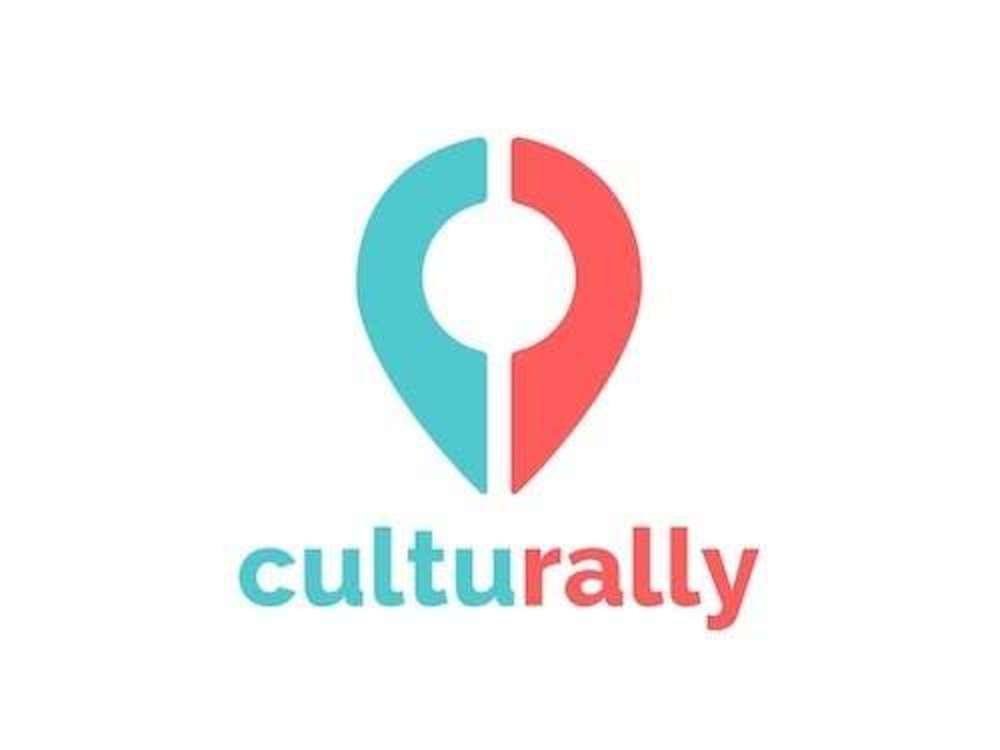 Love chocolates? Make your own box of artisanal chocolate truffles! Join Culturally x Lemuel Chocolate in a hands-on chocolate crafting experience. Find out more here.
Love chocolates? Make your own box of artisanal chocolate truffles! Join Culturally x Lemuel Chocolate in a hands-on chocolate crafting experience. Find out more here.